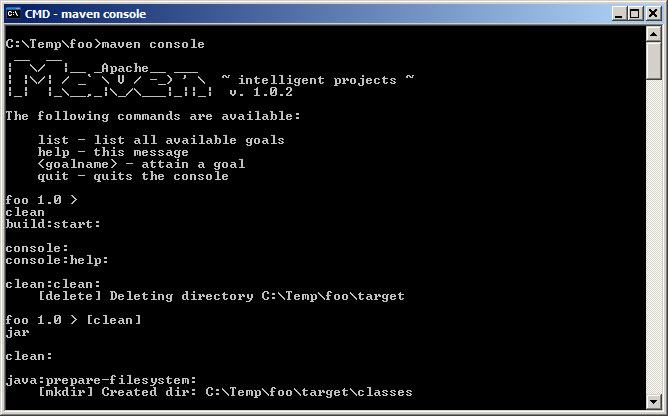A lot of developers ‘poo poo’ any code that is written in JavaScript.
- “JavaScript isn’t a real programming language”
- “JavaScript is just about browser hacker scripts”
- “You can use it to focus(). Big deal.”
- “JavaScript is for the HTML designers, not for REAL coders”
Giving thought to your JavaScript code
As such, any JavaScript code in a project, doesn’t get the thought that it deserves. Why would you be anal about unit testing your Java code, and ignoring your JavaScript code?
You no longer need too, as we have JsUnit, and other tools.
Dependencies are dependencies
As soon as you stop thinking of your JavaScript code as a bastard step-child, you can apply the same practices that we have in our other worlds (e.g. Java).
One of the problems with Java web applications, is that you can often do a search for files on a developers hard drive, and see MANY of the same files.
For example, you search for struts.jar, and there are 23 instances of it on the file system. Of course, they are not all the same size, since they are various versions (but you don’t know).
We get around that problem by using a tool such as Maven, or Ivy.
Now, we can define our project dependencies, and the correct versions are tracked, and downloaded automatically. Very nice.
WEB-INF/lib == /scripts
Why don’t we do this with JavaScript code? We have the same problem with commonscript.js as we do with struts.jar. So why not manage it?
Maven JS type
Maven has the base framework that we need to make this quite trivial. First, we can just agree on the ‘type’ of dependency. I am using js. Then you can just add dependencies as per normal:
<dependency>
<groupId>adigio</groupId>
<artifactId>xhr-test</artifactId>
<version>0.1</version>
<type>js</type>
</dependency>
This means that maven will try to grab:
/[groupId]/[type]s/[artifactId]-[version].[type]
or in the example above:
/adigio/jss/xhr-text-0.1.js
from the various repositories that you have setup in your project.properties:
maven.repo.remote=http://adigio.com/maven,http://www.ibiblio.org/maven,http://www.codeczar.com/maven,http://xdoclet.sourceforge.net/repository,http://dist.codehaus.org
NOTE: ‘[type]s’ is hard-coded. There is no way to map “when you see type ‘js’ look in directory ’scripts’, or something like that. This means that ‘jss’ looks a lil’ silly :).
maven-war-javascript
So, we didn’t have to do anything to get Maven to start grabbing dependencies for us. But, in our projects we don’t just want to grab some JavaScript modules and put them in your local repository. We want to use them :)
Rather than writing some manual goals to handle this, I wrote a Maven plugin which piggy-backs on the war plugin.
The maven-war-javascript-plugin offers a war:js / war:js:copy-scripts goal. This manually looks through your dependencies, and copies any JavaScript modules to your web app (in the scripts directory by default. To change, use the maven.war.javascript.dir property).
However, although you have a goal in which you can kick off this task, in practice you don’t need to use it. The plugin registers itself with the war module, and whenever it is invoked, it sneaks in and does the copy. So, it is a seemless introduction!
Installation
To download and install the plugin, you can simply:
- Add: http://www.adigio.com/maven to maven.repo.remote
- Run the commmand: % maven -DartifactId=maven-war-javascript-plugin -DgroupId=adigio -Dversion=0.1 plugin:download
Conclusion
So, now I can take JavaScript more seriously, and can start managing my JS dependencies with the care and loving touch that I do with the immense amount of open source library bloat :)
From Ajaxian.com

